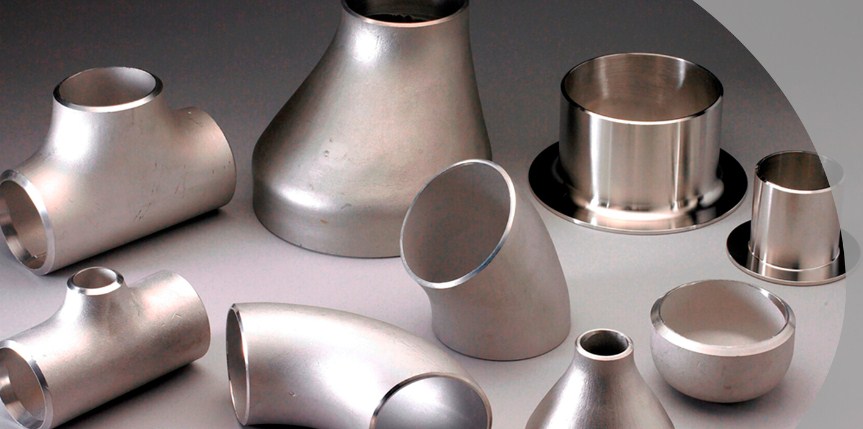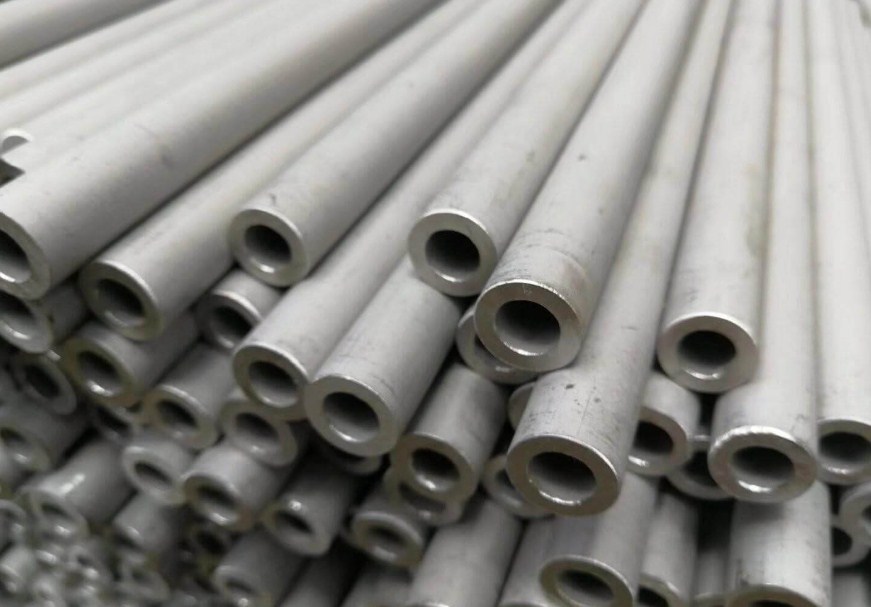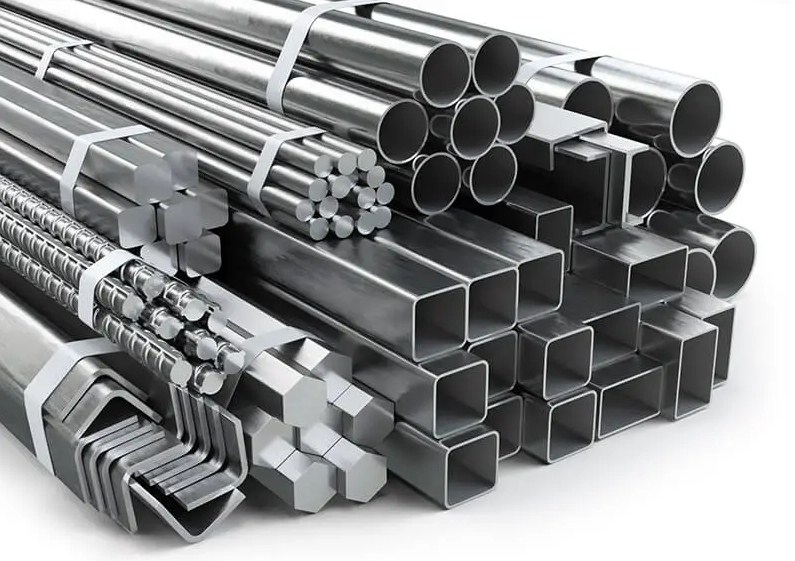
You must decide between 316 or 316L, also known as “MARLEX” or “XEROVAC”. Understanding their differences is key.
By examining the 316 vs 316L welding performance and corrosion resistance, you can make an informed decision regarding which material is most appropriate for your project.
A 316 vs 316l yield strength evaluations will also be examined. Read on to understand these two sheets of steel better and decide which one suits your needs best.
What Is 316 Stainless Steel?

Definition
316 Stainless Steel is an austenitic chromium-nickel alloy and contains molybdenum that requires high levels of corrosion and oxidation resistance. Medical equipment uses it due to sterility 316 vs 316l properties. Technically, it’s referred to as UNS S31600.
Its composition contains 16–18% Cr, 11-14 % Ni, and 2.0%-3.0% Mo. Like other stainless steel grades, it is 100% recyclable.
Properties
In terms of strength, 316 is stronger than 304, and has a tensile strength elongation ratio of 25% to 40% and offers a great fatigue rating, meaning it’s not affected by stress or impact, making it suitable for fabrication. ASTM A240 316 vs 316l dual certified standard classifies it as a nonmagnetic material.
For the 316 vs 304 comparisons, 304 Stainless Steel is only AISI304; it has a maximum operating temperature of around 750C. 316 can go up to 1000C degrees higher than 304.
Applications
Marine environment
316 Stainless Steel is ideal for marine environments due to its superior corrosion resistance, enabling it to be used underwater without damage.
Long-term exposure to saline water, chlorine, salt spray, and humidity is not a problem. However, it doesn’t rust or corrode in seawater. If rusting occurs, it’s usually visible on the outside surface.
Sewage treatment equipment
316 Steel is used in sewage-treatment tanks, piping, valves and pumps due to its economical nature that does not require coatings or frequent cleaning.
Chemical processing
316 Stainless Steel is used for tanks and vessels. Also, it holds water, oil, or chemicals like solvents and the mechanical properties handle pressurized gas through pipes.
Automotive applications
316 steel is suitable for automotive operations and used in exhaust systems and metal shaping projects.
Possessing excellent durability and strength, it resists oxidation in intense sunshine and doesn’t corrode quickly like most carbon alloys.
Medical equipment
316 steel is a top material choice for medical applications and is used for surgical instruments, dental drills, and implants.
Pros And Cons
Pros
- Better corrosion resistance than other alloys or regular steel
- Strong and ductile compared to other materials
- Non-magnet quality retains original polish when heated
- Great sterilization ability and resilience
- Easily recycled, reducing environmental impact
Cons
- Limited color and texture choices
| Property/Characteristic | Value/Description | Common Application | Pros/Cons |
| Composition | 16-18% Cr, 11-14% Ni, 2.0-3.0% Mo | ||
| Temperature Resistance | Up to 1000°C | Industrial applications, automotive projects | Pros: Higher heat resistance than 304 |
| Corrosion Resistance | Superior to 304 | Marine environments, chemical processing | Cons: Vulnerable to crevice corrosion in chloride environments |
| Strength | Stronger than 304 | Outdoor structures, automotive applications | Pros: Strong and ductile compared to other materials |
| Magnetic Properties | Non-magnetic | Pros: Retains original polish when heated | |
| Formability & Workability | Excellent | Fabrication, medical equipment | Pros: Great sterilization ability and resilience |
| Recyclability | 100% | Pros: Easily recycled, reducing environmental impact | |
| Cost | More expensive than other alloys | Cons: More expensive than other alloys and regular steel |
Applications & Properties
What Is 316L Stainless Steel?

Definition
316L stainless steel is a grade of Austenitic Stainless Steel, commonly used in many industrial and medical applications.
Consisting mainly of chromium (16%) and nickel (14%), with small amounts of manganese, silicon, phosphorous and sulfur also present.
316L has the highest corrosion resistance of any alloy due to its low carbon content, making it ideal for various environments from corrosive industrial settings to critical medical applications such as implants that interact with body tissue or excretory systems.
Properties
316L stainless steel is a highly corrosion resistant austenitic alloy that contains at least 10.5% chromium and up to more than 17.0%.
At the same time, it has high nickel content, which gives it superior strength in demanding environments compared with other alloys on the market today.
In addition to its superior corrosion resistance, it is also non-magnetic and has a low carbon content that makes welding relatively simple.
Applications:
Pharmaceuticals, Medical & Food Processing Uses:
316L is used in pharmaceutical and medical applications. Implants that interact with body tissue or excretory systems use this steel.
In cases where high temperature cooking is required for food processing purposes, then even stronger grades like 316 are used instead of the conventional 316L.
Architecture:
Architects often utilize 316L stainless steel in their designs due to its strength and durability. Hand railings and stair railings are made from it. Exterior coverings are also constructed with this grade.
Steel wall cladding panels, window frames, doors and covers use 316L due to its strength, weather protection and low maintenance properties.
Marine Applications:
Alloy 316L stainless steel is extensively utilized in marine operations, primarily due to its powerful capability of withstanding corrosion caused by seawater and saltwater.
Rigging equipment also uses it. Water sports activities like sailing benefit from the steel’s corrosion resistance, which withstands harsh temperatures and remains strong.
Automotive Components:
316L is a preferred grade for automotive components. Its resistance to wear and corrosion provides strength and stays strong under pressure and heat.
Engine cradles and ball joints use it. Transmission parts exposed to heat and strain also use it.
In contrast, 304 stainless steel wears out quickly. Its low carbon content causes corrosion over time. 316L stays strong without damage and remains in perfect condition in harsh conditions.
Construction Applications:
Affordability and strength of 316L stainless steel make it a popular choice for constructing building facades.
Steel exposure outside can trigger rust and damage. Cladding panels also use 316L. Its low maintenance offers long-term protection and keeps costs down compared to brick or timber.
Power Generation Industry:
When it comes to materials needed for power plants that must be able to handle extreme temperatures and pressure differentials, 316L Stainless Steel is the superior choice.
Moreover, it has been proven to outperform 316 vs 316l vs 304 stainless steel in these areas, and tidal power plants also use 316L which requires little maintenance and withstands natural forces.
Petrochemical Applications:
Petrochemical industry relies heavily on 316L stainless steel to combat corrosion and damage caused by corrosive chemicals.
Not only does it shield equipment such as pumps, tanks, and pipes from breakdowns, but its superior resilience also endows strong structural support and flexibility in extreme temperatures.
Pros And Cons
Pros
- High corrosion resistance
- Offers strength and durability
- Reliable performance for a long time
- Low maintenance needs
- Greater weldability than other grades
- Low carbon content helps to weld
- Resists a wide temperature range
- Works well in pressurized environments
- Suitable for chemical and petrochemical industries
Cons
- Higher overall costs than some grades
- Added alloy concentrations make it costly
- More expensive than grades 304
- Properties not ideal for everyday items
- Not great for screws or nuts
| Attribute | Description | Pros | Cons |
| Composition | 16% Chromium, 14% Nickel, small amounts of manganese, silicon, phosphorous, and sulfur | With high corrosion resistance, carbon content is significantly lower | Higher overall costs due to added alloy concentrations |
| Properties | Excellent corrosion resistance, strength, low work hardness, and weldability | Greater weldability than other grades resists a wide temperature range | Not ideal for everyday items like screws or nuts |
| Common Applications | Industrial, medical, architecture, marine, automotive components, construction, power generation, and petrochemical | Versatile usage across various industries, reliable performance for a long time | More expensive than grades like 304 |
| Comparison to 304L Steel | Higher amounts of chromium and nickel, lower carbon content | The durability is enhanced, the resistance to corrosion reinforced and there is less need for maintenance | In certain cases, the use of properties may not be necessary for applications. |
316L SS Overview
Key Differences Between 316 And 316L

There is a notable distinction between 316 vs 316l composition in terms of carbon content; this significant difference results in varying compositions which, consequently, cause them to be advantageous for different industrial uses.
Regardless of their differences though, both types are widely utilized across industries since each has the properties that place it as the best option for particular purposes.
Both alloys have martensitic microstructures. Let’s explore their key differences and when to use each grade.
Chemical Composition:
Both types contain iron, chromium, and nickel. 316 steel has 14-15 percent, and 316L has 16-18 percent. Molybdenum content varies most.
Type 316 has 2 to 3% and 316L up to 0.03%. Nitrogen and carbon levels also differ. 316 steel has 0-0.08 percent while 316L has 0.03% maximum.
Low-carbon type L steel has superior weldability, and less C.S.I than 316 which has satisfactory mechanical properties.
However, neither is suitable for very high temperatures. Their heat resistance is limited.
Carbon Content:
316L has 0 to 0.03% carbon. 316 steel has up to 0.08%. Low-carbon L steel has better weldability. Type 316 has better creep strength and a stronger austenitic structure.
Also, type 316 is more suitable for high temperatures as it withstands up to 1200°C whereas Grade L steel loses strength and corrosion resistance above 800°C.
Corrosion Resistance:
In 316 vs 316l seawater, both sheets of steel have similar resistance levels. Use grade L for welding or extra corrosion protection and grade 316 for submerged valve parts due to better seawater resistance.
Weldability:
Type L steel has better weldability due to lower carbon content and achieves superior welds in high temperatures. It’s mechanical strength and corrosion resistance are not as good.
Use grade 316 for extra protection against pitting corrosion or crack attack during welding. You can consider typing L stainless steel for extended heat treatment and multiple welding sessions.
Heat Resistance:
Grade L has properties that allow it to withstand temperatures up to 800°C, but above this temperature its strength and corrosion resistance decrease.
Type 316 is suited for turbine blades, exhaust systems and process plants while it’s ideal for low-temperature applications such as gas pipelines and submerged valve parts in seawater.
Applications:
316L has better weldability than grade 316. Type L steel is used in industrial and medical equipment.
Examples are chemical processing equipment, pharmaceutical process piping systems, and surgical implants, but its properties aren’t suitable for extreme environments.
Steel grade 316 is suitable for corrosive environments and high-temperature operations.
Cost:
316 vs 316l cost varies based on market conditions. Type L steel is more affordable and offers similar performance for less money due to lower carbon content.
Grade 316 is designed for various environmental conditions and can achieve greater cost savings in the long run. Lifetime expectancy surpasses grade L significantly.
Availability:
Availability may differ depending on regions or countries. Both industries evolve differently.
Type 316 is usually easy to purchase. Grade L may be difficult to find. Customers should inquire with manufacturers or suppliers, not just retail stores, for this alloy.
Stainless steel grades 316 and L have a martensitic microstructure, making them vulnerable to corrosion over time. Heat treatment can improve their properties for specific applications.
Which One Should You Choose?

Having a thorough understanding of the disparities between 316 and 316L steel is of utmost importance. While both of them belong to the austenitic 316 vs 316l vs stainless steel family, they possess dissimilar properties owing to their distinct alloy composition.
316 vs 316l properties include but are not limited to corrosion resistance, weldability, formability, and ductility.
Therefore, it is imperative to recognize the dissimilarities between 316 and 316L steel in order to make informed decisions regarding their applications.
· Composition:
A 316 vs 316l chemical composition of both grades are similar. Type-316L has lower carbon, improving formability over type-316. Type-316 has higher carbon, making it stronger. Some manufacturers offer additional grading options.
· Properties:
Both types share common properties, including good corrosion resistance to seawater, workability and weldability.
· Cost:
Cost differences between type-316 and grade 316L are minimal. 316 vs 316l price differences occur in specialty markets with higher pricing policies.
· Machining:
316 vs 316l machining is similar for both types making it ideal for intricate cuts or shapes. Machining this steel grade requires cleaning.
Each component must be cleaned to ensure desirable toolpath results. An acid pickling bath solution is used for cleaning which removes scale, debris and dirt post-process.
· Welding Properties:
Understanding the contrast between 316 and 316L steel is imperative. Both of them are austenitic stainless steels; however, because of their diverse alloy makeups there exists distinctions between them.
· Strength:
In terms of 316 vs 316l strength, type 316L is harder and tougher than standard 304 grade steels, with greater durability and resilience.
Because of its greater strength, more corrosion resistance and durability, it is better suited for applications that require higher levels of protection.
· Temperature:
Type-316 steel is needed for temperatures above 800F, as it has higher strength and increased resistance. Type 316L should not exceed 500 degrees Fahrenheit or 410 degrees Celsius.
· Resists Chlorides:
Type-316 stainless steel resists chlorides better and outperforms 316L against other corrosive elements. Enhanced alloying and high carbon content improve corrosion resistance, even in harsher conditions.
· Rare Materials:
316L is a popular metal choice with higher molybdenum content, while also having lower cost overall; however its rarity can lead to fabrication problems. Type-316 is more common in chemical and resin industries.
| Attribute | Type-316 SS | Type-316L SS |
| Composition | Higher carbon content, making it stronger | Lower carbon content, improving the formability |
| Properties | 2% corrosion resistance | Excellent |
| Cost | Minimal cost difference; higher prices in specialty markets | Minimal cost difference; lower cost for finished products due to less rare materials |
| Machining | Similar machinability to 316L | Higher machinability level, ideal for intricate cuts or shapes |
| Welding Properties | Good welding properties; greater resistance to salt-water corrosion | Good welding properties, and better performance in marine environments |
316 vs 316L SS Comparison
Considering properties, composition and cost research helps make an informed decision between the two steel grades.
Conclusion
When selecting between the two alloy grades of 316 vs 316L austenitic stainless steels, it is important to consider various factors including composition, 316 vs 316l stainless steel machinability, cost, and strength in order to choose which grade best fits your specific application needs as well as your budget.
KDMFab provides a reliable solution at an affordable price, offering professional cutting tool advice as well as custom fabrication materials for 316 vs 316L requirements.
Quality assurance and peace of mind are guaranteed. Visit KDMFab for more information, and learn about 316/316L materials and other metal components they provide.




